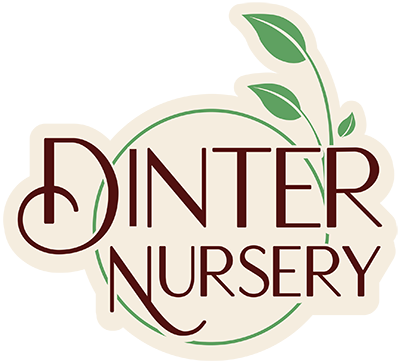Cut Flower Gardening
Many of us enjoy a beautiful bouquet of flowers to brighten up our indoor spaces or give to a loved one on special occasions.
Some flowers are better suited for cut arrangements than others, and with a little planning ahead you can have flowers for beautiful bouquets all year long!
The first step to establishing your cut flower garden is picking a location!
The site should be in full sun (6-8 hours per day) and have soil that is well-drained. If your soil is too clayey or too sandy it should be amended with organic matter or replaced altogether with quality garden soil. Once your garden beds are established, continue to build a healthy soil ecosystem by adding 1-2 inches of organic matter (e.g. compost, manure) every spring.
A few growing tips:
The best flowers for the cutting garden are ones with long stems.
Plant annuals close together to maximize space and reduce weed pressure.
Remember to put plants that grow taller on the north side of the bed (e.g. dahlias) so as not to shade the lower growing ones!
Set up a staking system for plants early in the growing season before they need them.
Pinch the central leading stem of certain plants (cosmos, snapdragons, zinnias) to stimulate side shoot growth for increased flower production.
Plan for a succession of blooms starting with early season daffodils, tulips, and ranunculus; followed by late spring blooms like lilacs, snapdragons, poppies, and stock; finally moving into summer season blooms like zinnias and dahlias.
Include foliage plants in your landscaping to act as fillers in the bouquets. During the summer months, harvest for dried flower bouquets that will last into the winter.
Plant suggestions for the cut flower garden:
Annuals: calendula, celosia, cosmos, heliotrope, marigolds, snapdragons, sunflowers, staice, stock, straw flowers, zinnias
Perennials: dianthus, echinacea, gaillardia, lavender, liatris, lupines, monarda, poppies, rudbeckia, salvia
Bulbs: anemones, daffodils, dahlias, iris, gladiolus, ranunculus, tulips
Shrubs for flowers: hydrangeas, lilacs, roses
Shrubs for foliage: boxwood, camellia, ninebark, pieris, privet, salal, viburnum, leucothoe
Shrubs with berries for winter interest: beautyberry, holly, skimmia, cotoneaster, firethorn
Shrubs with attractive bare branches in winter for filler: red twig dogwood, blueberry and contorted hazelnut
Harvest these plants in summer for dried winter bouquets: asters, celosia, delphinium, eucalyptus, grasses (e.g. bunny tails),
marigolds (large pom/African), statice and straw flowers.

